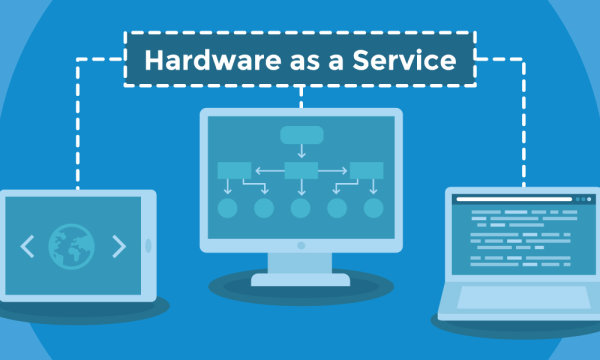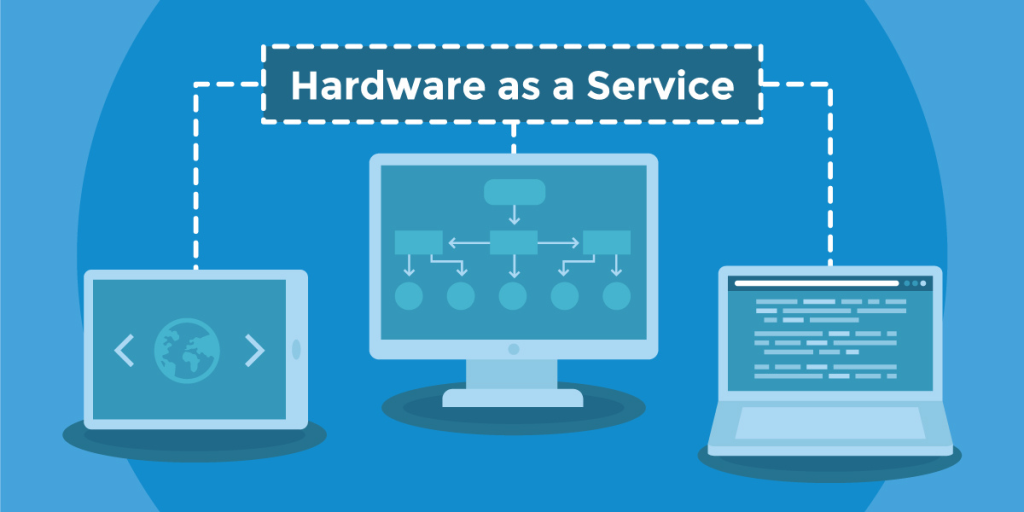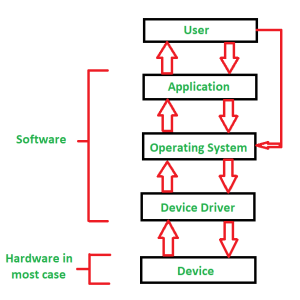
Hardware as a Service (HaaS)

In today’s rapidly evolving technological landscape, businesses continually seek innovative solutions to stay competitive and efficient. One such solution gaining popularity is Hardware as a Service (HaaS). This model revolutionizes how companies access and manage their IT infrastructure, offering flexibility, scalability, and cost-effectiveness. In this article, we’ll explore the hardware as a service meaning, delve into hardware as a service examples, and examine the hardware as a service business model to understand its full potential.
What is Hardware as a Service (HaaS)?
Hardware as a Service (HaaS) is a service provision model where businesses lease IT hardware, such as servers, desktops, laptops, and networking equipment, from a service provider. This model allows companies to access the latest technology without the significant upfront costs associated with purchasing hardware. The service provider maintains and upgrades the hardware, ensuring that businesses always have access to up-to-date and efficient equipment.
Hardware Service Meaning
To fully understand hardware as a service, it’s essential to grasp the broader concept of hardware service meaning. Hardware services encompass various support and maintenance activities provided by vendors or service providers to ensure that IT hardware operates efficiently. This can include installation, configuration, maintenance, troubleshooting, and repair services. HaaS takes this a step further by integrating these services into a comprehensive package, where the hardware itself is also provided as part of the service.
Hardware as a Service Examples
1. Managed Print Services (MPS)
One of the most common hardware as a service examples is Managed Print Services (MPS). In this model, a service provider supplies printers and multifunction devices to a business, along with maintenance, supplies, and support. The business pays a monthly fee based on usage, eliminating the need for large capital expenditures on printing equipment.
2. Desktop as a Service (DaaS)
Desktop as a Service (DaaS) is another prevalent example. Here, a service provider delivers virtual desktops to employees, along with the necessary hardware, such as thin clients or zero clients. The service provider manages the infrastructure, software updates, and security, allowing businesses to provide their employees with reliable and secure desktop environments without the hassle of managing hardware.
3. Networking Equipment
Businesses can also opt for HaaS for their networking needs. Service providers offer routers, switches, firewalls, and other networking equipment as part of a subscription service. This ensures that companies have access to the latest networking technology without the need for significant upfront investments and ongoing maintenance costs.
4. Data Center Infrastructure
For companies requiring robust data center capabilities, HaaS can provide servers, storage systems, and other critical infrastructure components. The service provider handles the setup, monitoring, and maintenance of the data center hardware, enabling businesses to focus on their core operations while ensuring high availability and performance.
Hardware as a Service Business Model

The hardware as a service business model is structured around several key principles that make it an attractive option for businesses of all sizes.
1. Subscription-Based Pricing
One of the most significant advantages of HaaS is its subscription-based pricing model. Instead of making large capital expenditures to purchase hardware, businesses pay a predictable monthly fee. This model allows for better budgeting and financial planning, as costs are spread out over time.
2. Scalability
HaaS offers unparalleled scalability. Businesses can easily adjust their hardware requirements based on changing needs. Whether scaling up during periods of growth or scaling down during slower times, HaaS provides the flexibility to adapt without significant disruptions.
3. Maintenance and Support
With HaaS, the service provider takes care of all maintenance and support activities. This includes regular updates, troubleshooting, and repairs. As a result, businesses can reduce their IT staff’s workload and focus on strategic initiatives rather than routine hardware maintenance.
4. Access to Latest Technology
Technology evolves rapidly, and keeping up with the latest advancements can be challenging for businesses. HaaS ensures that companies always have access to the latest technology, as service providers regularly update and replace hardware as part of the service agreement.
5. Risk Mitigation
HaaS helps mitigate the risks associated with hardware failures and obsolescence. Service providers typically include hardware replacement and upgrade options in their contracts, ensuring that businesses are not left with outdated or malfunctioning equipment.
Advantages of Hardware as a Service
1. Cost Savings
By eliminating the need for large upfront investments, HaaS can significantly reduce capital expenditures. Additionally, the subscription-based model provides predictable operating expenses, allowing businesses to allocate resources more effectively.
2. Improved Efficiency
HaaS providers handle all aspects of hardware management, from installation to maintenance. This allows businesses to focus on their core competencies and strategic goals, leading to improved overall efficiency.
3. Enhanced Security
HaaS providers often include advanced security features and regular updates as part of their service. This ensures that businesses are protected against emerging threats and vulnerabilities, enhancing their overall security posture.
4. Flexibility
The flexibility offered by HaaS allows businesses to quickly adapt to changing needs. Whether expanding operations, upgrading technology, or scaling back, HaaS provides the agility required to respond effectively to market dynamics.
Conclusion
Hardware as a Service (HaaS) is transforming how businesses access and manage their IT infrastructure. By understanding the hardware as a service meaning and exploring various hardware as a service examples, it becomes clear that this model offers numerous benefits, including cost savings, scalability, and access to the latest technology. The hardware as a service business model provides a flexible, efficient, and secure solution that enables businesses to stay competitive in today’s fast-paced digital landscape. As more companies recognize the advantages of HaaS, it is likely to become an increasingly popular choice for IT infrastructure management.
If you have any questions for us, you can see more at: https://hardwarepc.xyz/, X




